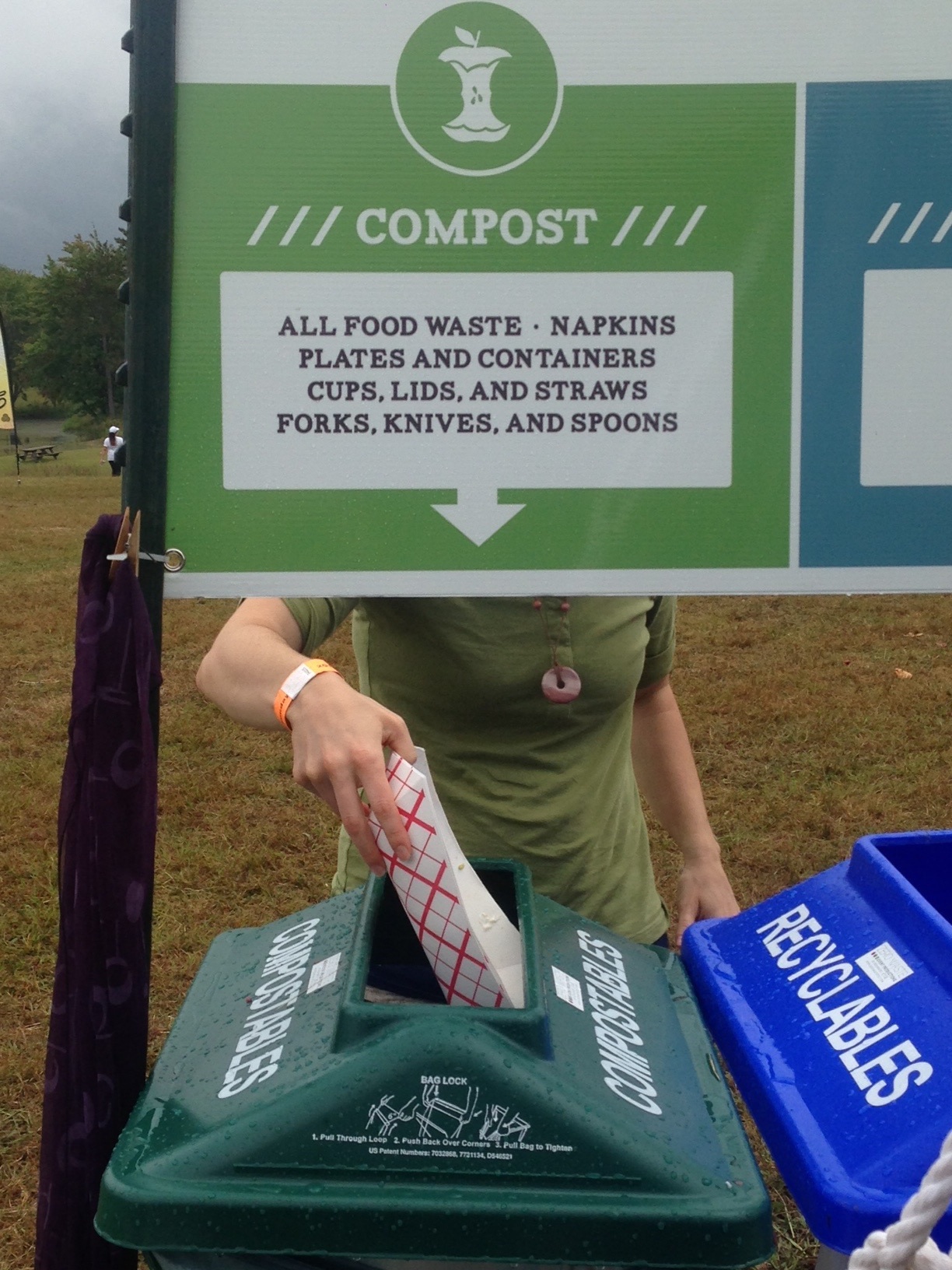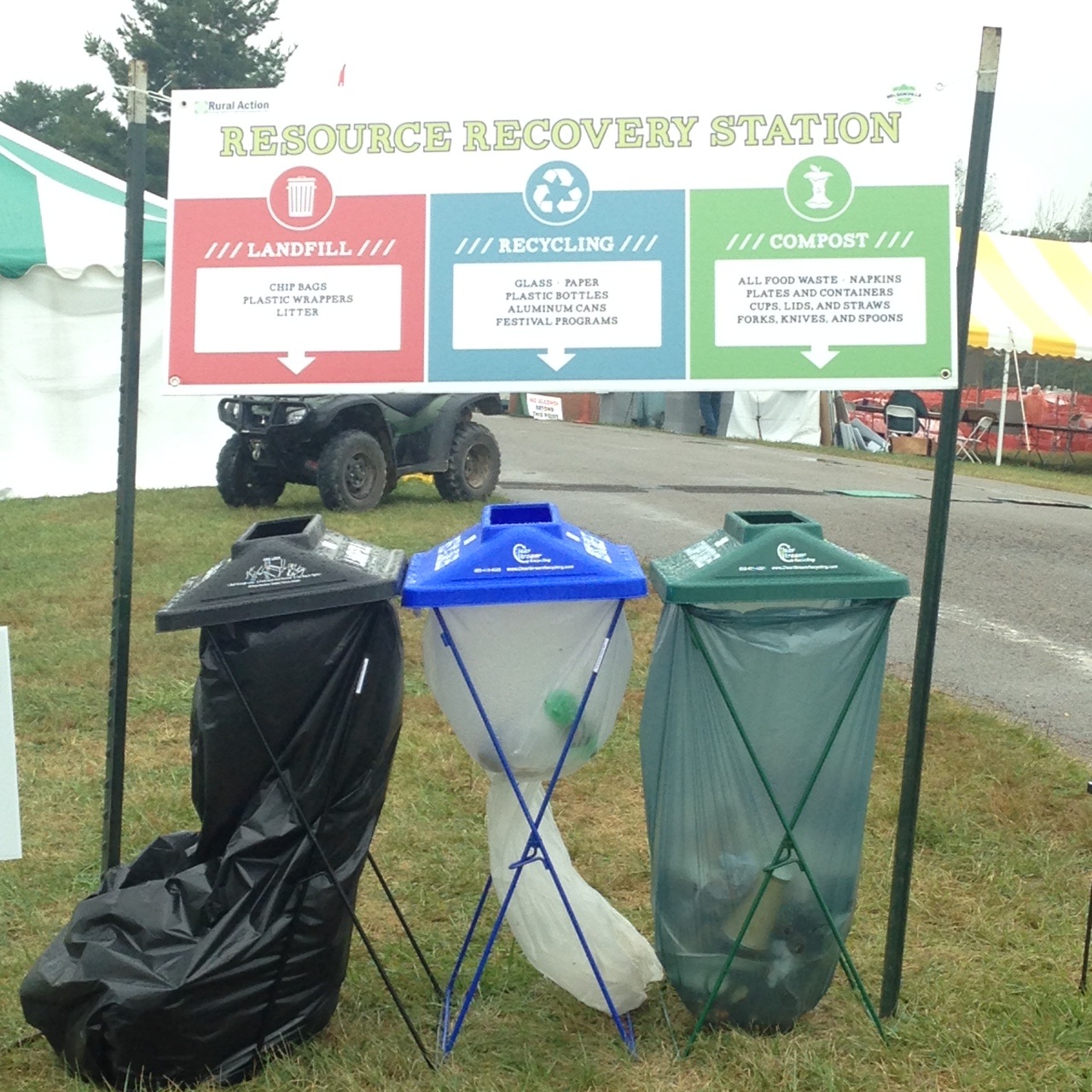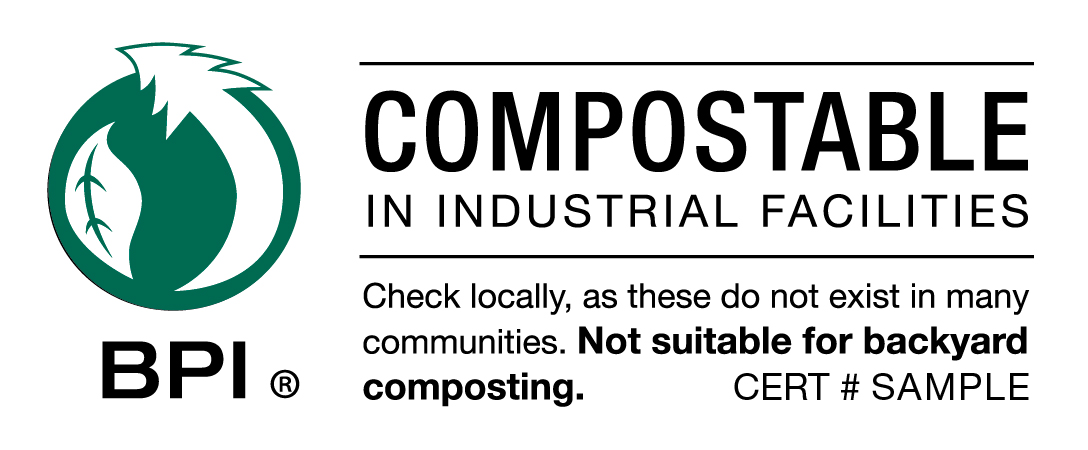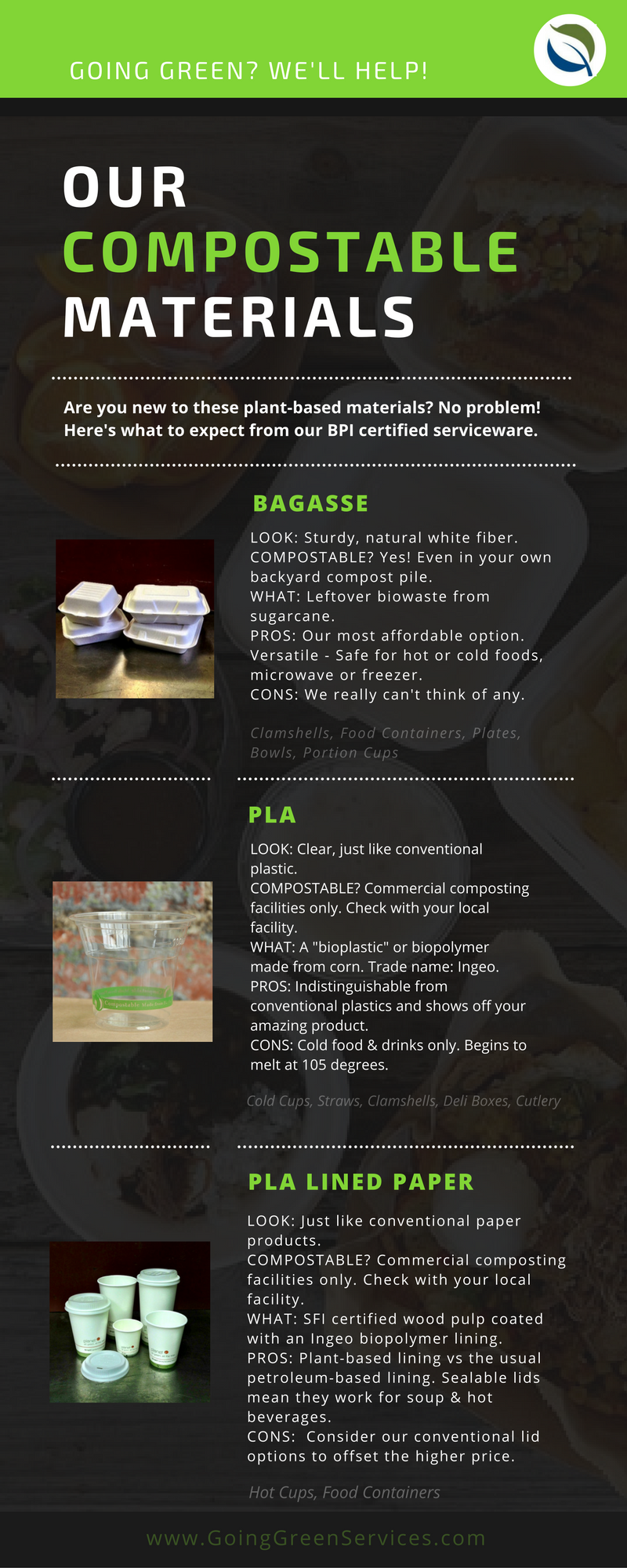Zero Waste Events 101
zero waste 101 for food trucks and other food service businesses
So you’ve signed up to attend a Zero Waste Event or Festival.... Now what?
What is Zero Waste?
Zero
Waste is named after its goal - to mimic sustainable natural cycles
where there is literally no “waste.” All resources are reused by other
members of an ecological community in a closed loop cycle. For people,
this means designing and then managing our products and systems with
this in mind. “Waste” is instead a “Resource” to be recycled or
composted when at all possible, with the barest minimum ending up in a
landfill. This could mean plastics are turned into more plastics, or
compostable materials are turned into compost to fertilize farm fields.
(Read more about Zero Waste here.) How does it work? How does it work?
Instead
of trash cans, event goers are provided with Resource Recovery
Stations. These provide options for waste to be sorted into separate
bins for COMPOST, RECYCLE and LANDFILL. Sorting out waste is not rocket
science, but consumers still find it challenging to get everything into
the right bin simply because it’s new and they fall back on ingrained
habits. We’ve seen people time and time again get confused and opt for
the landfill bin because that’s the easiest and most familiar option.
Education and signage is key. We find that clear signs with actual
examples of what goes where can help. But everything must still be
sorted at the end to limit contamination for the composting and
recycling processes. Most zero waste events rely on volunteers to do
this sorting. Thank them!
How do I know if my supplies are acceptable?
 Check
with your event organizers beforehand. They should be able to advise
you on what sorts of materials are acceptable for the event. Generally,
what you should look for is the BPI Certified symbol. This is THE
regulated and verifiable certification for compostable materials. (On
the West Coast, you may also see “Cedar Grove approved.”) Check
with your event organizers beforehand. They should be able to advise
you on what sorts of materials are acceptable for the event. Generally,
what you should look for is the BPI Certified symbol. This is THE
regulated and verifiable certification for compostable materials. (On
the West Coast, you may also see “Cedar Grove approved.”)
Read more about what “compostable” means and why it’s so important HERE.
Do
NOT trust other unverified claims that companies may make about their
products. Just because a product is “green,” “biobased,” or
“biodegradable” does not mean that it is fully compostable. We’ve seen
operators show up at events with these “greenwashed” products only to be
told at the last minute that they cannot use them. Don’t let this
happen to you! One example is a so-called “green alternative”
beige-colored foam ... that is still foam. Another example is a range of
poly coated paper products. If paper is lined to be waterproof or
greaseproof, it must be coated with a plant-based rather than
petroleum-based lining.
What kinds of products will work?
Our
compostable products are made primarily from plant fibers (bagasse),
PLA (bioplastic made from corn) and paper that, if lined, is lined with
PLA (rather than with petroleum-based linings).
We find that
polystyrene foam (aka "Styrofoam") is best and most affordably replaced by bagasse plates, bowls,
clamshells, and food containers. PLA can be substituted for
conventional plastics for any cold food or drinks. This includes cups,
straws, deli containers, clamshells and cutlery. PLA lined paper cups
and containers replace conventional paper products and work for hot
foods. Unlined paper products are also generally acceptable for
composting.
Still have questions?
Just ask!
We’re here to help. We are happy to take a look at your current service
model and help you to identify cost-effective, zero waste-ready options
that fit with your brand and budget.
Remember, zero waste is new
to most consumers. You can play an important role in helping to educate
them what it means in practice and to make the event go smoothly. Thanks
for playing your part!

|


 Check
with your event organizers beforehand. They should be able to advise
you on what sorts of materials are acceptable for the event. Generally,
what you should look for is the BPI Certified symbol. This is THE
regulated and verifiable certification for compostable materials. (On
the West Coast, you may also see “Cedar Grove approved.”)
Check
with your event organizers beforehand. They should be able to advise
you on what sorts of materials are acceptable for the event. Generally,
what you should look for is the BPI Certified symbol. This is THE
regulated and verifiable certification for compostable materials. (On
the West Coast, you may also see “Cedar Grove approved.”)


